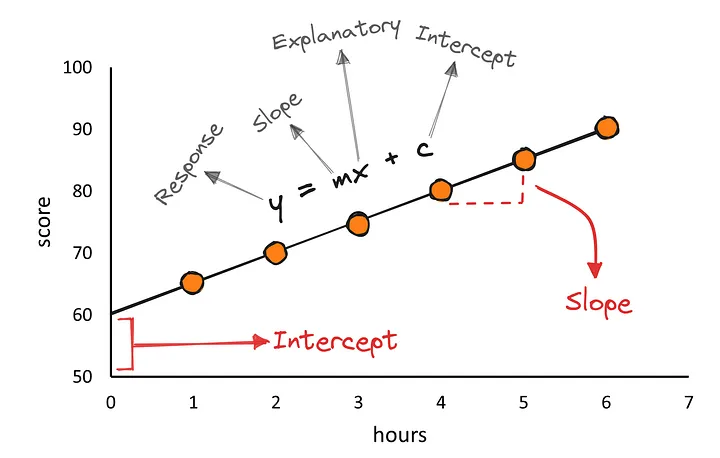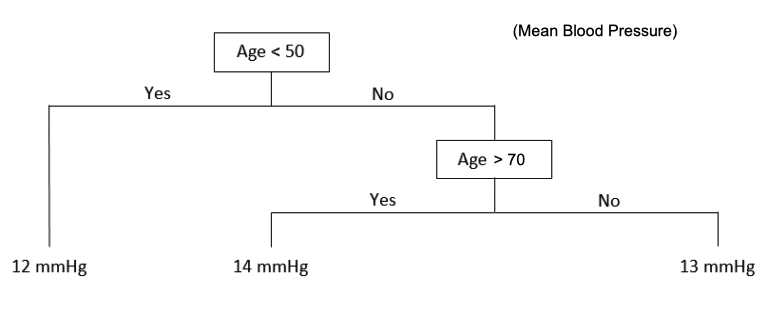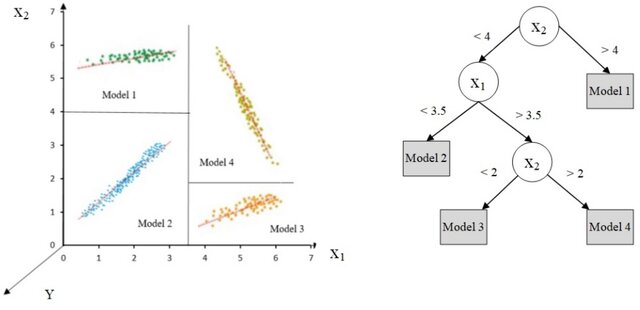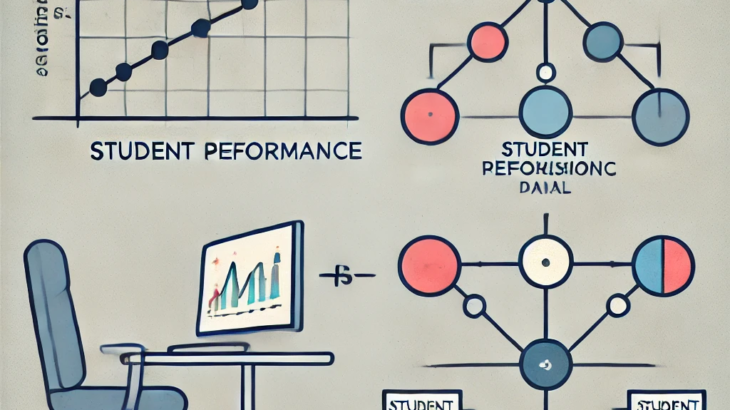Prediction models are powerful tools in educational data mining, designed to infer a specific aspect of data (known as the predicted variable) from a combination of other aspects (predictor variables). These models can be used in various contexts, from forecasting future events to making inferences about the present.
Predicting the Future: A Challenging Task
One of the most challenging uses of prediction models is to forecast future outcomes. For example, after completing three assignments during a school term, educators might want to predict how a student will perform on a given final exam. This kind of prediction requires analysing past performance, study habits, and other relevant factors to make an informed guess about future scores.
Making Inferences About the Present
Prediction models are not just about predicting the future; they can also provide insights into the present. For instance, consider a scenario where a student is watching an educational video. Using prediction models, we can infer whether the student is bored or frustrated based on their behaviour during the video. This real-time insight can be invaluable in adjusting the content or providing immediate support.
Applications of Prediction Models in Education
Prediction models can be applied in various educational contexts to enhance learning experiences:
- Improving Educational Design: If we can predict when students are likely to get bored, educators can modify the learning content to keep students engaged.Example: If a prediction model detects that students often become bored during long lectures, the content could be broken into shorter, more interactive segments.
- Providing Automated Support: When a prediction model identifies that a student is frustrated, it can trigger an automated response to offer help, such as additional resources or hints.Example: If a student struggles with a math problem, the system could provide a step-by-step solution or suggest a tutorial video to clarify the concept.
- Informing Teachers and Stakeholders: Prediction models can alert teachers, instructors, and other stakeholders about a student’s emotional state, allowing them to intervene appropriately.Example: If a model predicts that a student is consistently frustrated, a teacher might schedule a one-on-one session to address the issue.
Common Prediction Models: Regression Models
In educational data mining, one of the most common types of prediction models is the regression model. In this approach, a dataset with known outcomes (training labels) is used to learn the features (variables or combinations of variables) that predict the outcome.
Linear Regression
Linear regression is the most basic form of a regression model. The fundamental equation is y=mx+c, where:
- y is the outcome variable (response).
- x is the input variable (explanatory).
- m is the gradient (slope).
- c is the intercept (constant).

These parameters are learned from the training dataset. Although linear regression fits linear functions, it can also accommodate various transformations of the input variables (e.g. ln(x), sin(x), x^2, x^3 ) to model more complex relationships.
Benefits of Linear Regression:
- Speed: Linear regression is computationally efficient, making it suitable for large datasets.
- Accuracy: It can often be more accurate than more complex models, especially when validated correctly.
- Interpretability: The model is straightforward and easy to understand, making it accessible to non-experts.
Regression Trees
Regression trees are another powerful tool, particularly for capturing non-linear relationships. A regression tree divides the data into different segments and fits a simple model (often a linear regression) within each segment.
Non-linear Regression Tree
A non-linear regression tree can model complex relationships by creating multiple splits in the data, with each branch representing a different subset of the data.

Linear Regression Tree (e.g., M5′)
A linear regression tree, such as the M5′ model, combines the strengths of regression trees and linear regression. At each leaf of the tree, a linear regression model is applied, allowing for different linear relationships depending on the context.

Source: Dariane, A. B., & Borhan, M. I. (2024). Comparison of Classical and Machine Learning Methods in Estimation of Missing Streamflow Data. Water Resources Management, 38(4), 1453-1478.
Advantages:
- Flexibility: Allows for different linear relationships based on the segmentation of the data.
- Accuracy: Can provide more accurate predictions by tailoring the model to specific subsets of the data.
Conclusion
Prediction models, especially regression models, are invaluable tools in educational data mining. They allow educators to forecast outcomes, make real-time inferences, and tailor educational experiences to meet students’ needs. Whether improving content design, offering immediate support, or informing teachers, these models play a crucial role in modern education.
If you’re interested in diving deeper into regression models and their applications in education, there are comprehensive online courses available that cover these topics in greater detail. Check them out to expand your knowledge and skills.
Additional Considerations
When working with regression models, it’s essential to understand how to use goodness-of-fit metrics to compare different models. Additionally, proper validation techniques are crucial to ensure that your models generalize well to new data.
Reference:
Baker, R.S. (2024) Big Data and Education. 8th Edition. Philadelphia, PA: University of Pennsylvania.
Note: This blog is a summary of the one of the video lectures from the course Big Data and Education, which is available at learninganalytics.upenn.edu.









